New OBP Website
This summer we introduced a new website. Below are some of the key improvements we have done.
Metadata

In February 2022 we officially migrated all our metadata processes to Thoth, the open source metadata management and dissemination platform we are developing as part of the COPIM project. Thoth has allowed us to reduce the number of databases we had containing book metadata to just one, which we now use for all processes in which metadata was needed, including the actual catalogue of our website.
Thoth’s granular data model allows us to display much more data than before in our book landing pages, and to distribute, from a single place, all our metadata in the various formats (e.g., ONIX, KBART, JSON, etc.) required by the other platforms that host our books (e.g., OAPEN, EBSCO, ProQuest, etc.).
CDN
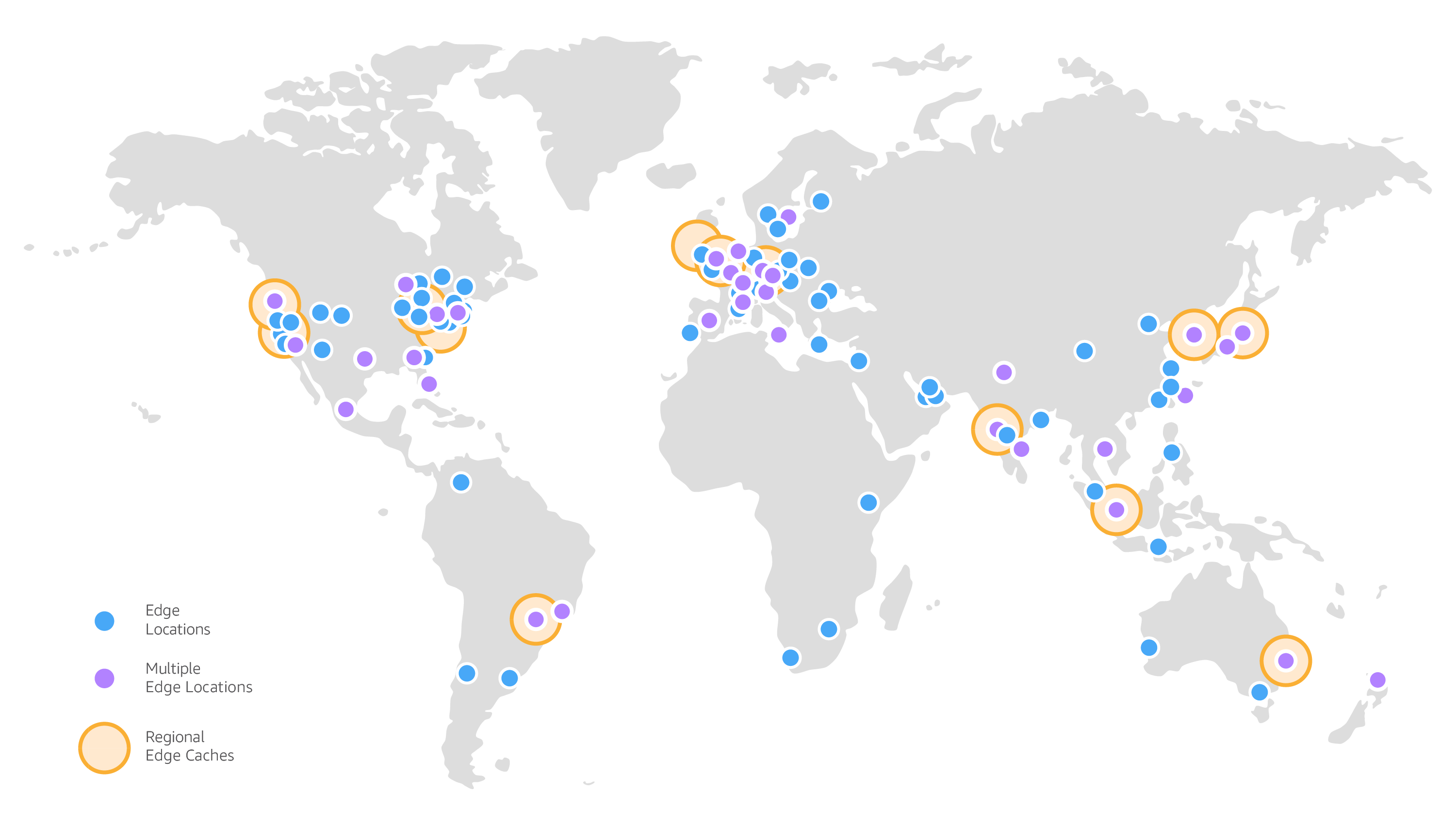
In the beginning of the year, we migrated all our book files (PDFs, HTML, EPUB, etc.) to a content delivery network (CDN), a globally distributed network of cache servers that replicate our books to obtain lower latency and higher compression when people all over the world download our books or read them online.
Our CDN is distributed across 48 countries, so when a request comes through, users will be getting the content from their closest location. To give an example, previously if someone from South Africa downloaded a book, their request had to travel all the way from South Africa to our servers in the UK, whereas now it will only need to travel to Cape Town’s data centre. Shortening request times and efficiently caching and compressing our files means that lower bandwidth is needed to access our books.
Catalogue
The new catalogue allows searching for books that match custom queries. Alternatively, readers may use the column on the left-hand side, which allows filtering by category, book series, language, book type (monograph, edited book, textbook, etc.), funder, and keywords.
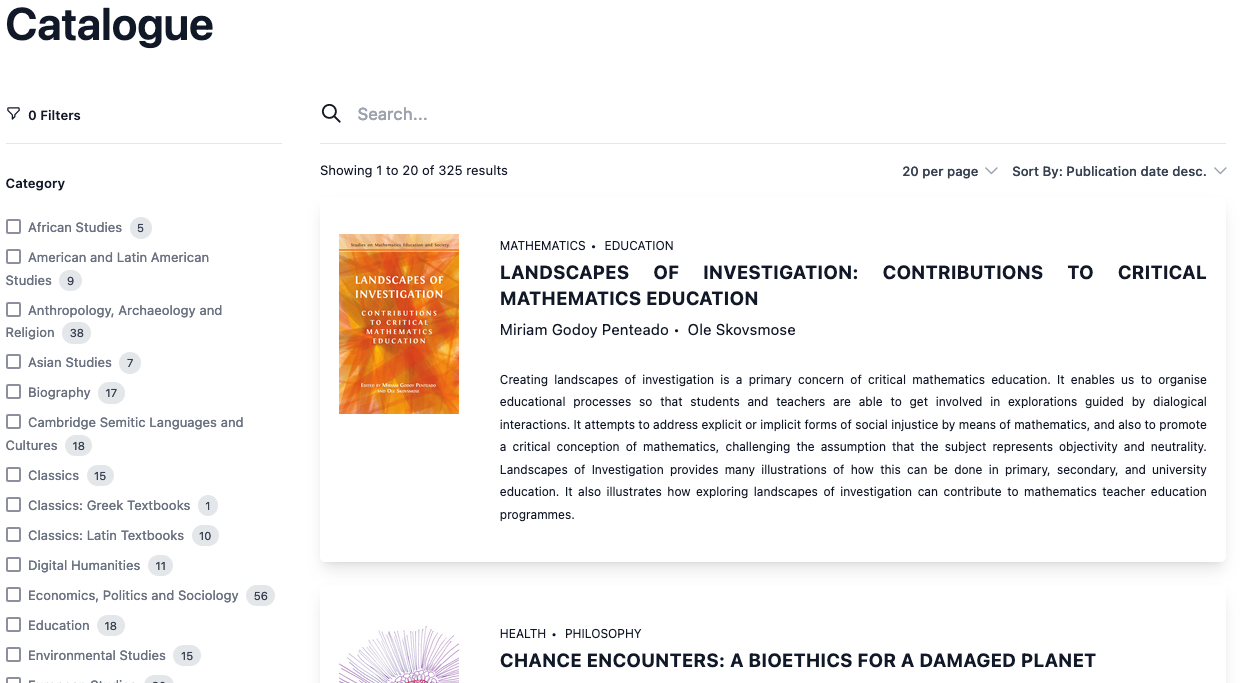
Search functionality
Our new website also incorporates an improved search function, which can be accessed from the magnifying glass icon on the header of each page, or using the keyboard shortcut Ctrl+k. The search form allows users to find both books and pages on our site related to their query
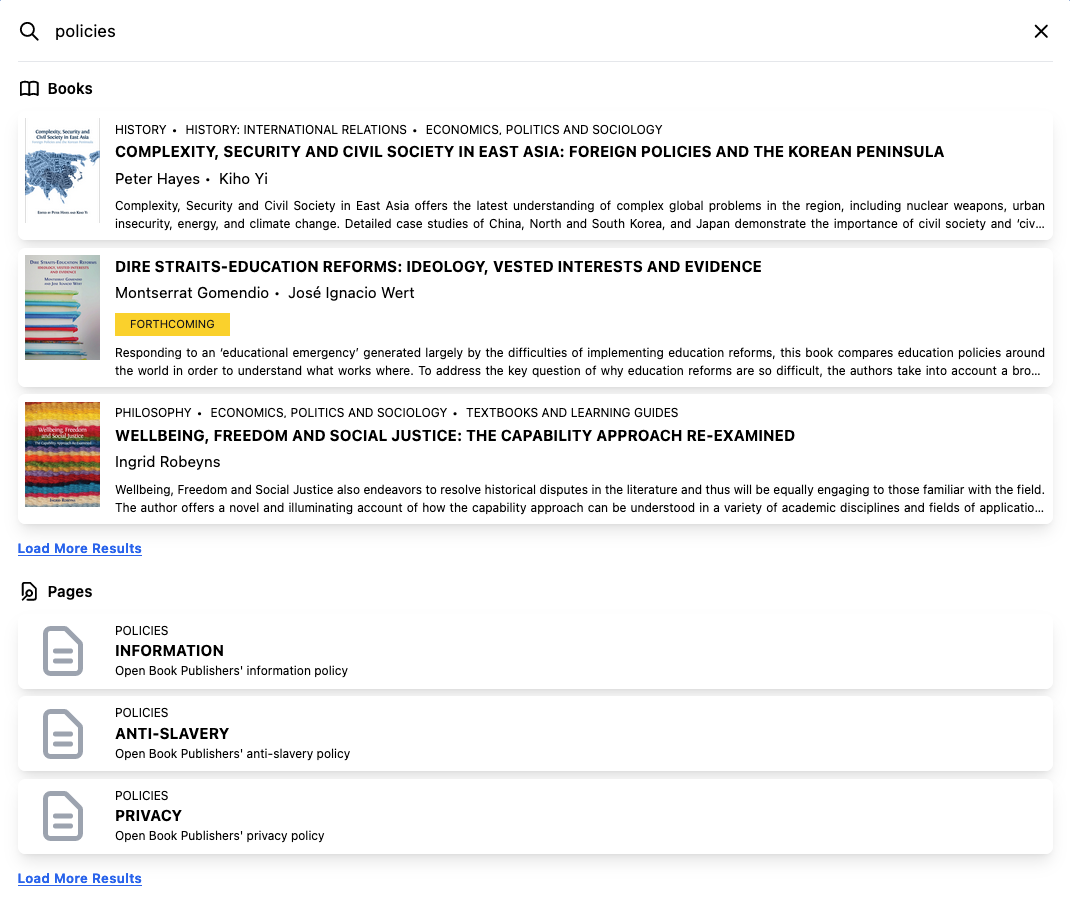
Mobile friendly
Even though the majority of our readers use desktop or laptop computers, a third of all traffic to our website comes from mobile devices. Therefore, our new website introduces a responsive design, making it easier to navigate using smartphones and tablets.

Chapter landing pages
Since November 2022 all our book chapters have a dedicated landing page, where readers can check the chapter’s metadata –including abstracts– and read or download the chapter’s PDF.
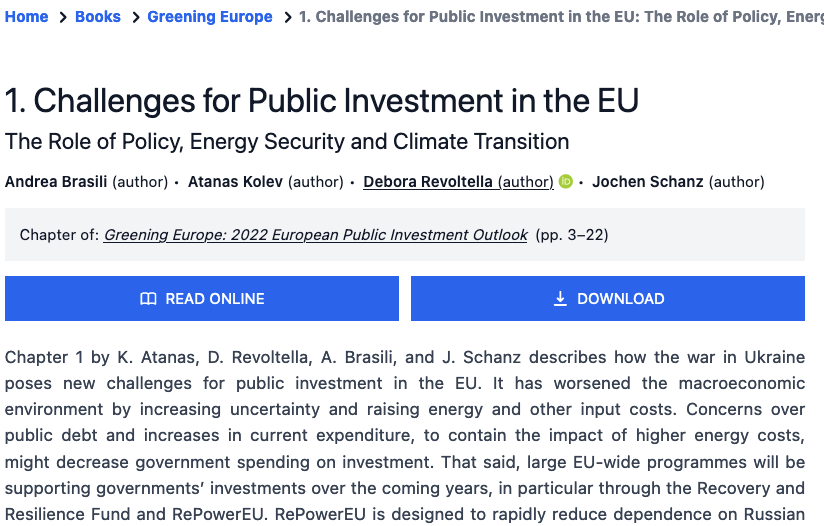
Chapter pages may be accessed from within a book landing page. Each chapter listed in the book’s table of contents is hyperlinked, pointing to the chapter page.
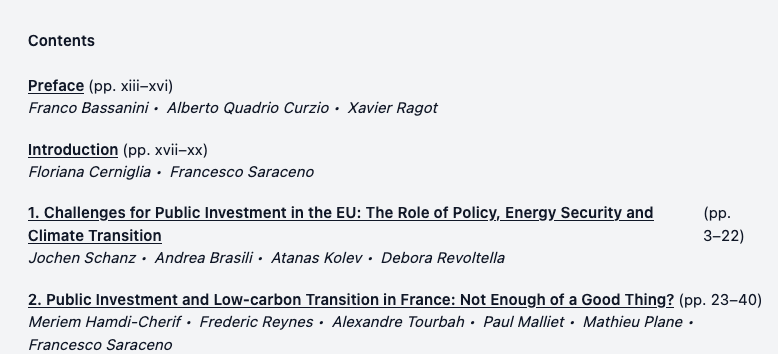
Metrics widget
Furthering our work on the HIRMEOS project, that led to the streamlining of our usage stats processes and the release of our publicly-available Metrics API, we have developed an open-source metrics widget. This widget allows us to display a summary of a book’s usage across platforms, using a colour blind friendly palette.

Dark mode
Our new website also provides a dark mode – a style setting designed to make the best use of dim light situations.

Dark mode will be applied automatically if your browser is configured to do so, or can be turned on manually with the switch in the site’s footer.

Banner Photo by Glenn Carstens-Peters on Unsplash
